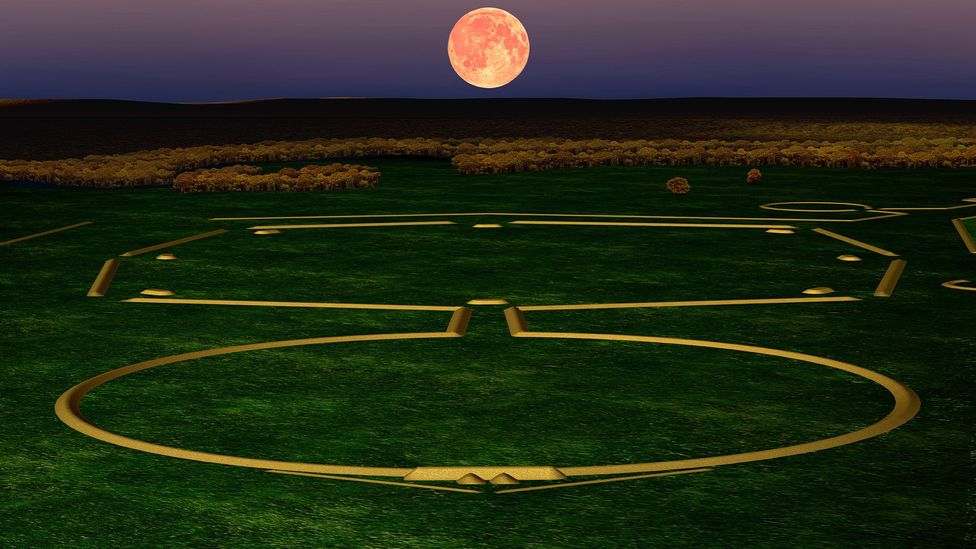The US’ 2,000-year-old mystery mounds

Constructed by a mysterious civilisation that left no written records, the Hopewell Ceremonial Earthworks are a testament to indigenous sophistication.
Autumn leaves crackled under our shoes as dozens of eager tourists and I followed a guide along a grassy mound. We stopped when we reached the opening of a turf-topped circle, which was formed by another wall of mounded earth. We were at The Octagon, part of the Hopewell Ceremonial Earthworks, a large network of hand-constructed hills spread throughout central and southern Ohio that were built as many as 2,000 years ago. Indigenous people would come to The Octagon from hundreds of miles away, gathering regularly for shared rituals and worship.
“There was a sweat lodge or some kind of purification place there,” said our guide Brad Lepper, the senior archaeologist for the Ohio History Connection’s World Heritage Program (OHC), as he pointed to the circle. I looked inside to see a perfectly manicured lawn – a putting green. A tall flag marked a hole at its centre.
The Octagon is currently being used as a golf course.
All of these all these prehistoric ceremonial earthworks in Ohio were created by what is now called the Hopewell Culture, a network of Native American societies that gathered from as far away as Montana and the Gulf of Mexico between roughly 100 BCE and 500 CE and were connected by a series of trade routes. Their earthworks in Ohio consist of shapes – like circles, squares and octagons – that were often connected to each other. Archaeologists are only now beginning to understand the sophistication of these engineering marvels.
